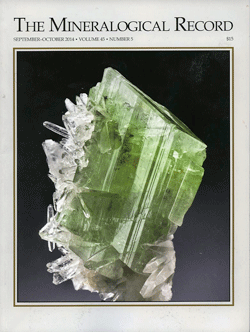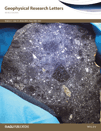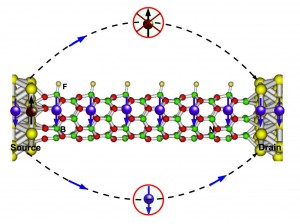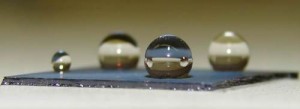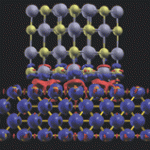Atlantic observatory faces rocky future
Mountaintop facility in Azores can track pollution from North America.
For the past 13 years, atmospheric scientists have been tasting the air above Pico Mountain, a dormant volcano in the Azores archipelago. From a perch at 2,225 metres, just below the mountain’s summit, the Pico observatory can dip directly into the gases and particulates that sweep across the Atlantic Ocean.
Other high-altitude stations in the oceans, such as on the Canary Islands, are closer to Africa, and their measurements can be influenced by dust and particles from biomass burning, says Claudio Mazzoleni, an atmospheric physicist at MTU. “In the case of Pico it’s north enough to get mostly air coming from North America and travelling to Europe,” he says. “There isn’t any other place that is on that path at that elevation.”
Read more at Nature, by Alexandra Witze.
Nature, one of the top science journals in the world, published a news article about the Pico Observatory atmospheric research of Associate Professor Claudio Mazzoleni (Physics) and Associate Professor Lynn Mazzoleni (Chem).
